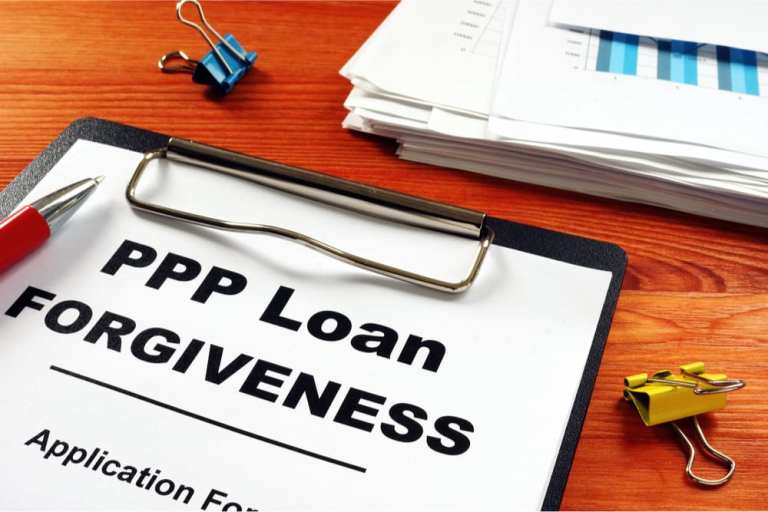
It’s no secret that the federal Paycheck Protection Program (PPP) has had a rocky few weeks since initially launching in early April.
There were the initial questions of just who was eligible, lenders had trouble handling loan requests and then the first tranche of $349 billion was exhausted in a matter of days. And then there was the controversy, which still lingers, about larger firms (some of them publicly traded and relatively well capitalized) getting loans when small and medium-sized businesses (SMBs) were and are clearly struggling.
One other issue that has been in the spotlight has been how companies can apply for loan forgiveness. As has been widely reported, funds accessed through the PPP are to be forgiven if at least 75 percent of the money is intended to cover eight weeks of expenses such as wages. (The funds that aren’t forgiven must be repaid within two years, plus interest charged at a 1 percent interest rate.)
The U.S. Treasury Department and Small Business Administration (SBA) have tried a few times to clear up the confusion, most recently unveiling new guidelines through a loan forgiveness application. But did this new application simply give rise to more uncertainty?
As Erik Asgeirsson, president of CPA.com, told CNBC, “Yes, there’s now some clarity — [but] yes, there are now more questions that have developed because of the form.”
For example, while the eight-week period of covered expenses begins when a business receives its PPP funds, that might not jibe with an individual company’s payroll periods. In that case, companies have the option of starting the eight-week period through what’s known as the “alternative payroll covered period,” which starts the first day of the first new payroll period after the company gets the money.
There also remains a layer of complexity about how companies compute and designate employees as “full-time equivalents,” which in turn helps determine loan forgiveness. Many companies likely applied for loans based on their total number of workers, but in some cases have since let staff go. That leaves them wondering about how and when to rehire people, and how that will impact loan forgiveness.
With the new guidelines, firms have to use 40-hour weeks to determine full-time equivalent hours. This implies that companies that normally use a lot of part-time workers might have to rehire a smaller number of employees to meet the loan forgiveness rules.
For example, marketplace.org recently wrote that a company reporting 300 total hours of work time across all employees would have to hire back approximately seven workers for 40 hours per person to get loan forgiveness (seven times 40 equals 280, a bit shy of 300). By contrast, that number would stretch to 10 employees if each person only got a 30-hour work week (30 hours times 10 workers). We wonder what the ripple effect across the employment picture might be.
Of course, as with so much tied to the PPP and federal funding in general, it’s possible — perhaps even likely — that the government will refine the guidelines even more as the initiative continues.
As PYMNTS reported last month, as many as 41 percent of about 1,200 SMBs we surveyed said they had applied for the PPP loans by April 20. Of those that had secured loans, 43.2 percent of firms that said they had actually received the money said they felt “sure” they would be able to survive the pandemic’s challenges and pressures.